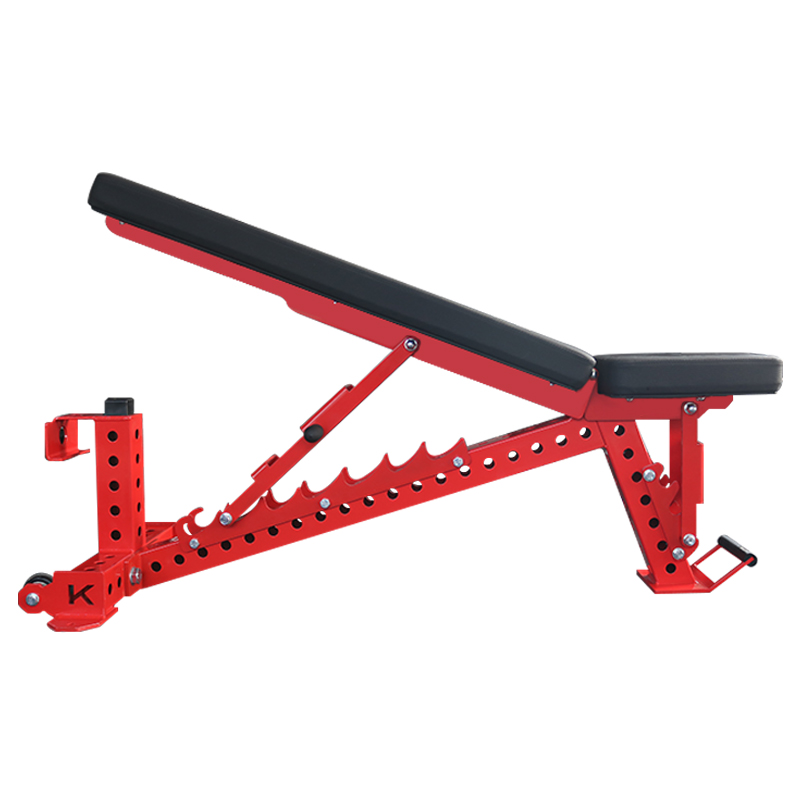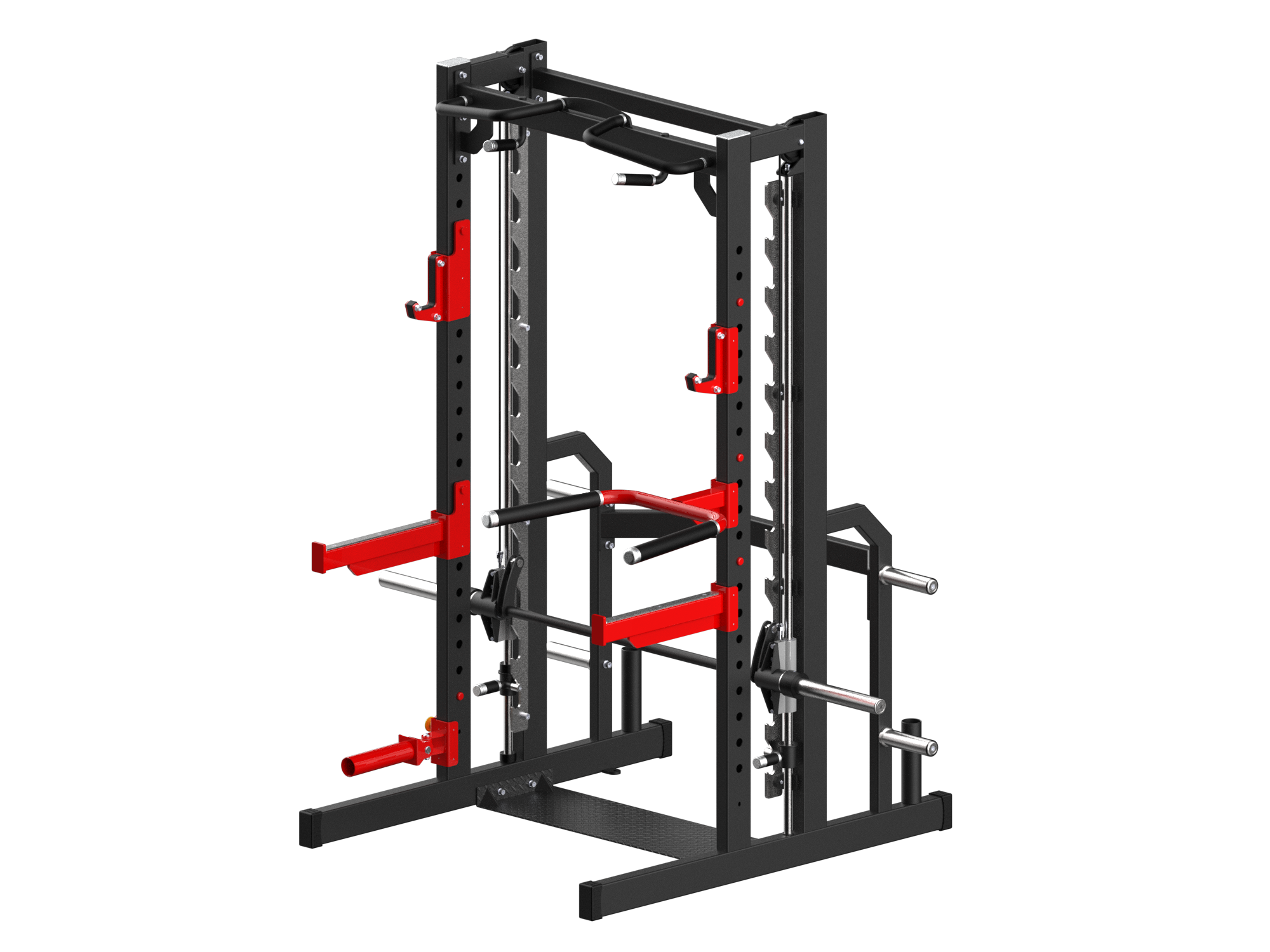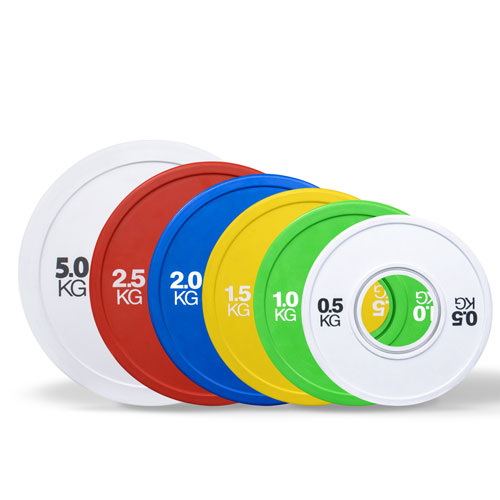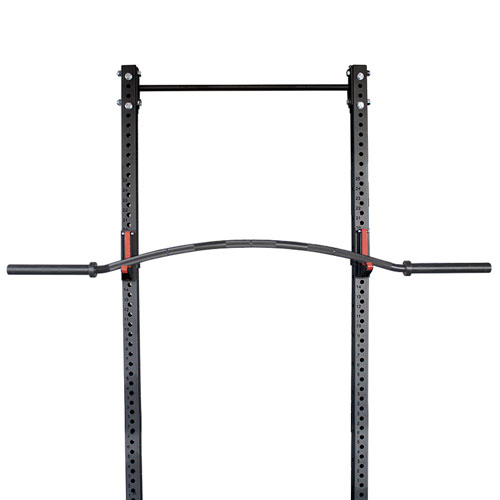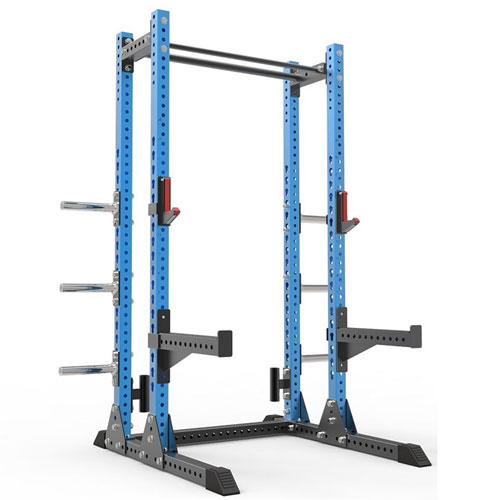5 ejercicios para mejorar la postura y reducir el dolor
Los humanos estamos hechos para movernos. Estamos hechos para mantenernos erguidos. Estamos hechos para caminar con la cabeza bien alta.
Pero en algún momento de este meandro evolutivo, alguien puso un ordenador sobre la mesa delante de nosotros y un teléfono en nuestras manos. Y empezamos a pasar horas encorvados. Nuestras barbillas, antes a una distancia decente de nuestras gargantas, han empezado a inclinarse hacia dentro. Nuestros hombros están encorvados; nuestros pasos, arrastrados.
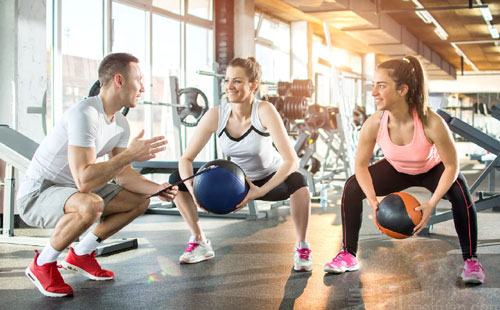
Cuando la cabeza, que pesa unos 5 kilos, se inclina hacia delante, aumenta la presión sobre la columna vertebral hasta 15 kilos. No es de extrañar que muchos de nosotros suframos pérdida de masa muscular, mala postura y mayor riesgo de lesiones. Los fisiólogos denominan a esta afección Síndrome Cruzado Superior e Inferior.
Las clases de Orangetheory Fitness, por supuesto, pueden ayudar a compensar estas y muchas otras molestias de la vida moderna. La clave está en trasladar el impulso de esos 60 minutos al resto de tu vida.
Eso significa hacer del movimiento una prioridad a lo largo del día, igual que planificar comidas sanas y pasar tiempo con los seres queridos. Si lo haces, te sentirás mejor y tendrás más energía para las tareas cotidianas.
Aaron Santiso, fisioterapeuta y miembro del consejo médico asesor de Orangetheory, ofrece estas rutinas de estiramiento para ayudarnos a mantenernos fuertes, alineados y erguidos durante todo el día. Algunos estiramientos que recomienda son tan fáciles que podrías pensar: "¿Cómo es posible que esto ayude?". Confía en la ciencia. Lo hace.
The name: Upper trapezius stretch
The target: The muscles in your upper back that help you raise your arms.
The reason: When you lift your arms, one shoulder may seem higher than the other. “Your body may be compensating during this movement pattern due to a muscular imbalance and weakness inside your shoulder,” Aaron says.
The method: Sit tall on a chair, grasping the edge of the seat with your right hand. Slowly bend your neck toward your left shoulder, using your left hand to direct your head. Be sure to keep your right shoulder pressed down. Stop when you feel a comfortable pull on the right side of your neck. Hold for 20 seconds; return to starting position and repeat on the left side. Aim for five stretches on each side, whenever you feel the need.
The name: Levator scapulae stretch
The target: If you know even pidgin Latin, you can translate this as raising the scapula — the shoulder blade, the bone that connects the upper arm and the collarbone.
The reason: Like the previous exercise, this helps keep your neck from taking over movements designed for your shoulders.
The method: Again, sit tall in a chair, holding onto the right side of the seat with your right hand. With your left hand on top of your head, tilt your chin toward your left armpit. Keep your posture straight, stopping when you feel a comfortable pull in the back of your neck. Repeat on the left side, holding each stretch for 20 seconds, for a total of five times on each side.
The name: Open-clam exercise
The target: This especially helps alleviate Upper Crossed Syndrome, which is discomfort in the neck, shoulders, chest, mid-back, elbows and wrists. It starts when we hunch over our computers and follows us into the gym, causing poor form and leading to more discomfort.
The reason: Who wants rounded shoulders, a collapsed chest, and a chin that juts out? Do this exercise two or three times a week to bring your center of gravity in line with your body.
The method: Lie on your side, knees bent at 90 degrees. Rest your head on one arm; with the other, hold your hip to keep from rolling your body. Lift your top knee an inch into the air, lower, and repeat. This targets the gluteus muscle, which helps stabilize knees, lower back and pelvis. Aim for four sets of 25 to 35 reps on each side, three or four times a week.
The name: Sideline external rotation
The target: Your shoulders and neck, so you can stand and sit tall without slouching.
The reason: Who wants bad posture? (We’re not seeing any hands being raised here!)
The method: Lie on the floor on your right side, supporting your head with your right hand or with a couple of pillows. With your left elbow at a 90-degree angle, hold a weight no heavier than five pounds in your right hand (any heavier and it could negatively affect your rotator cuff).
Levanta lentamente la mancuerna hasta justo por encima de la altura del codo, manteniendo ese ángulo de 90 grados mientras mantienes la mancuerna paralela al suelo. Hazlo de 15 a 25 veces; repite con el otro lado. Intenta hacerlo de tres a cuatro veces por semana.
The name: Hip flexor stretch
The target: The muscles basically responsible for lifting your legs and knees toward your body.
The reason: This counteracts the stiffness that develops when we sit too much, which the average American does for 13 hours a day. Sitting shortens these muscles and can bring about lower back pain, so stretching them is imperative.
The method: Start in a kneeling lunge position, right knee bent at a 90-degree angle over the ankle, left knee on the ground, weight evenly distributed to both legs. Draw in your navel. With hands on your hips, slowly move your body forward till you start to feel a stretch in your left leg.
Para un estiramiento más profundo, levante el brazo del lado que está estirando y gire el cuerpo hacia ese lado. Aguanta 30 segundos y repite con el otro lado. Esta es una serie; haz cuatro más, apretando el glúteo de cada lado estirado. Intenta convertirlo en un hábito diario.
Aquí tienes algunos consejos más para mantenerte en movimiento (aparte de tus entrenamientos de Orangetheory, por supuesto), incluso si trabajas en un despacho y pasas la mayor parte del día sentado. ¿Te han resultado útiles? Por favor, compártelos; al fin y al cabo, todos estamos juntos en esto del movimiento.
1. Utiliza el baño de otra planta.
2. Haz flexiones de brazos o tríceps sobre la encimera mientras esperas a que se caliente el café.
3. Cada 30 minutos, levántate. Luego siéntate. A continuación, levántate hasta la mitad; aguanta 10 segundos, y luego levántate del todo. Vuelve a sentarte. Recuerda que cada momento suma.
4. Cuando te sientes, levanta ambos pies del suelo. Mantenlos durante 10 segundos, o 15, o 30. Repítelo a lo largo del día.
5. Sal al aire libre siempre que puedas. Incluso unos minutos al aire libre pueden reducir tu tensión arterial y mejorar tu estado de ánimo.
6. Guarda una pelota en tu escritorio. De vez en cuando, colócala entre los tobillos. Estira las piernas, mantenlas así unos segundos y luego dóblalas.
7. Hidrátate. No te quedes nunca sin tu botella de agua. Llénala en otra planta, dando dos pasos cada vez.

